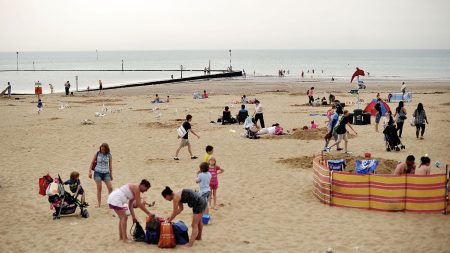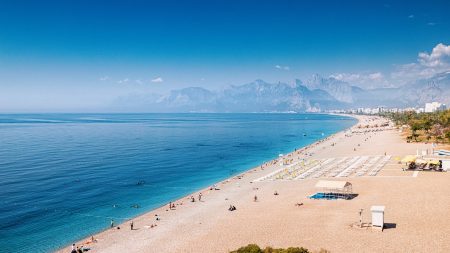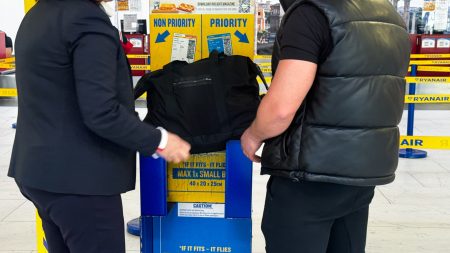Ryanair, the budget airline renowned for its remarkably low fares, employs several strategic cost-cutting measures to offer passengers affordable air travel. One key strategy involves minimizing airport operational expenses. Ryanair often opts for gates located further from departure lounges, capitalizing on lower fees charged by airports for these less convenient locations. While passengers may face longer walks to their gates, the resulting savings contribute to lower ticket prices. Similarly, Ryanair frequently utilizes smaller, more remote airports situated outside city centers. These airports typically charge lower landing and facility fees compared to major airports, translating into further cost reductions passed on to the consumer. Although passengers may incur additional travel time and expenses reaching their final destinations, the overall cost of the flight remains significantly lower.
Another significant cost-saving measure revolves around aircraft standardization. Ryanair operates a uniform fleet consisting primarily of Boeing 737 aircraft. This standardization simplifies maintenance and training procedures. By utilizing a single aircraft type, Ryanair reduces the need for diverse spare parts inventories, specialized maintenance personnel, and varied training programs. This streamlined approach significantly lowers operational costs and contributes to the airline’s ability to offer competitive fares. Furthermore, Ryanair avoids using air bridges, also known as jet bridges, which require specialized personnel to operate. Opting for simpler ground-level boarding procedures, although potentially less convenient for passengers, eliminates the expense of operating and maintaining these bridges.
Ryanair’s baggage policy also plays a crucial role in minimizing costs. The airline actively discourages checked baggage by imposing fees for checked luggage. This strategy reduces baggage handling expenses, as fewer bags require processing and transportation. Passengers are incentivized to travel with only carry-on luggage, minimizing the airline’s logistical burden and associated costs. This policy, while sometimes perceived as restrictive, directly contributes to Ryanair’s ability to maintain low ticket prices.
The combination of these seemingly minor cost-saving measures – from gate selection and airport choice to aircraft standardization and baggage policies – adds up to substantial savings for Ryanair. By optimizing every aspect of its operations, the airline maintains a lean cost structure, enabling it to offer remarkably low fares and attract budget-conscious travelers. While passengers may experience certain inconveniences, such as longer walks to gates or additional travel time from remote airports, the trade-off is significantly cheaper airfare.
Ryanair’s transparent approach to cost-cutting reveals the intricate strategies employed to achieve its ultra-low-cost model. By eschewing traditional airport amenities, streamlining aircraft operations, and incentivizing lighter travel, Ryanair successfully caters to a large segment of the travel market seeking affordable air travel. This business model, while not without its critics, demonstrates how meticulous attention to operational efficiency can translate into substantial cost savings and competitive pricing.
In essence, Ryanair’s success lies in its unwavering commitment to cost control. From utilizing remote gates and airports to operating a standardized fleet and implementing baggage fees, the airline relentlessly seeks ways to minimize expenses. While this approach may entail certain trade-offs for passengers in terms of convenience, the resulting cost savings are undeniable, enabling Ryanair to offer incredibly low fares and maintain its position as a leading budget airline. This business model has proven remarkably successful, demonstrating the viability of ultra-low-cost air travel and reshaping the landscape of the aviation industry.











